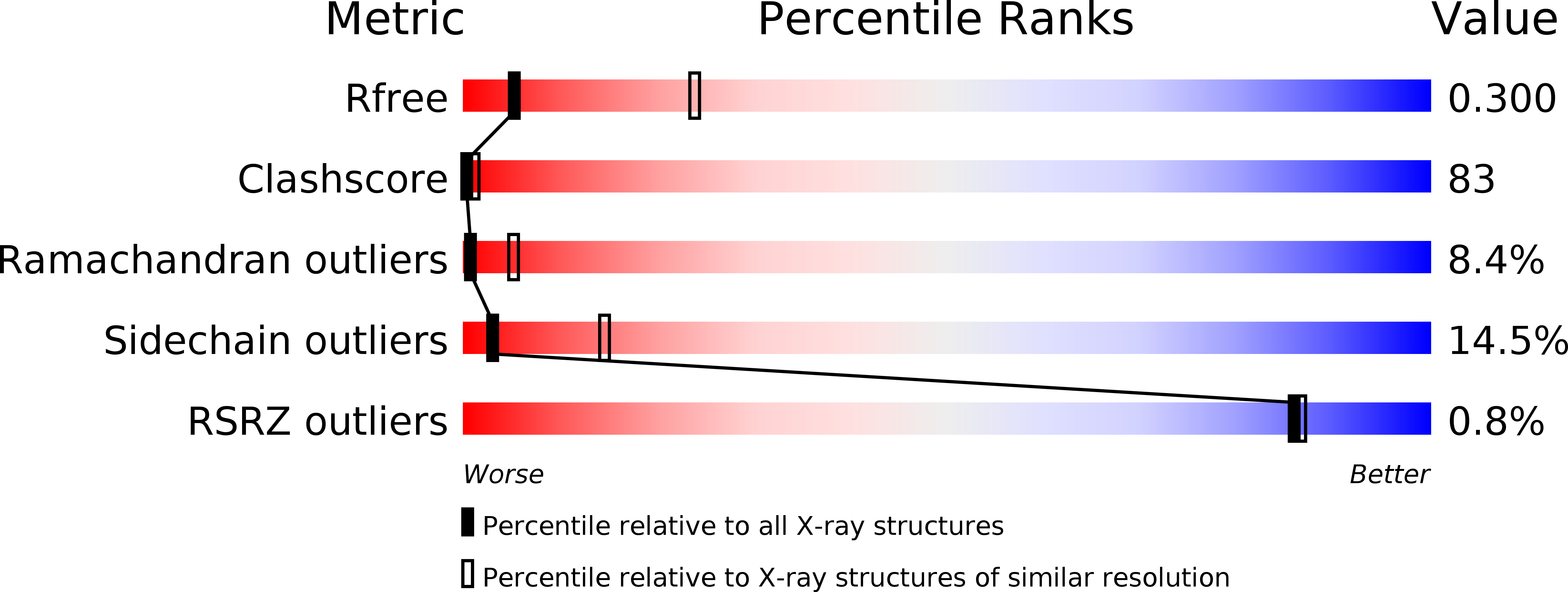
Deposition Date
2010-11-16
Release Date
2011-05-18
Last Version Date
2024-03-13
Entry Detail
PDB ID:
3AQP
Keywords:
Title:
Crystal structure of SecDF, a translocon-associated membrane protein, from Thermus thrmophilus
Biological Source:
Source Organism:
Thermus thermophilus (Taxon ID: 300852)
Host Organism:
Method Details:
Experimental Method:
Resolution:
3.30 Å
R-Value Free:
0.31
R-Value Work:
0.29
R-Value Observed:
0.29
Space Group:
P 43


